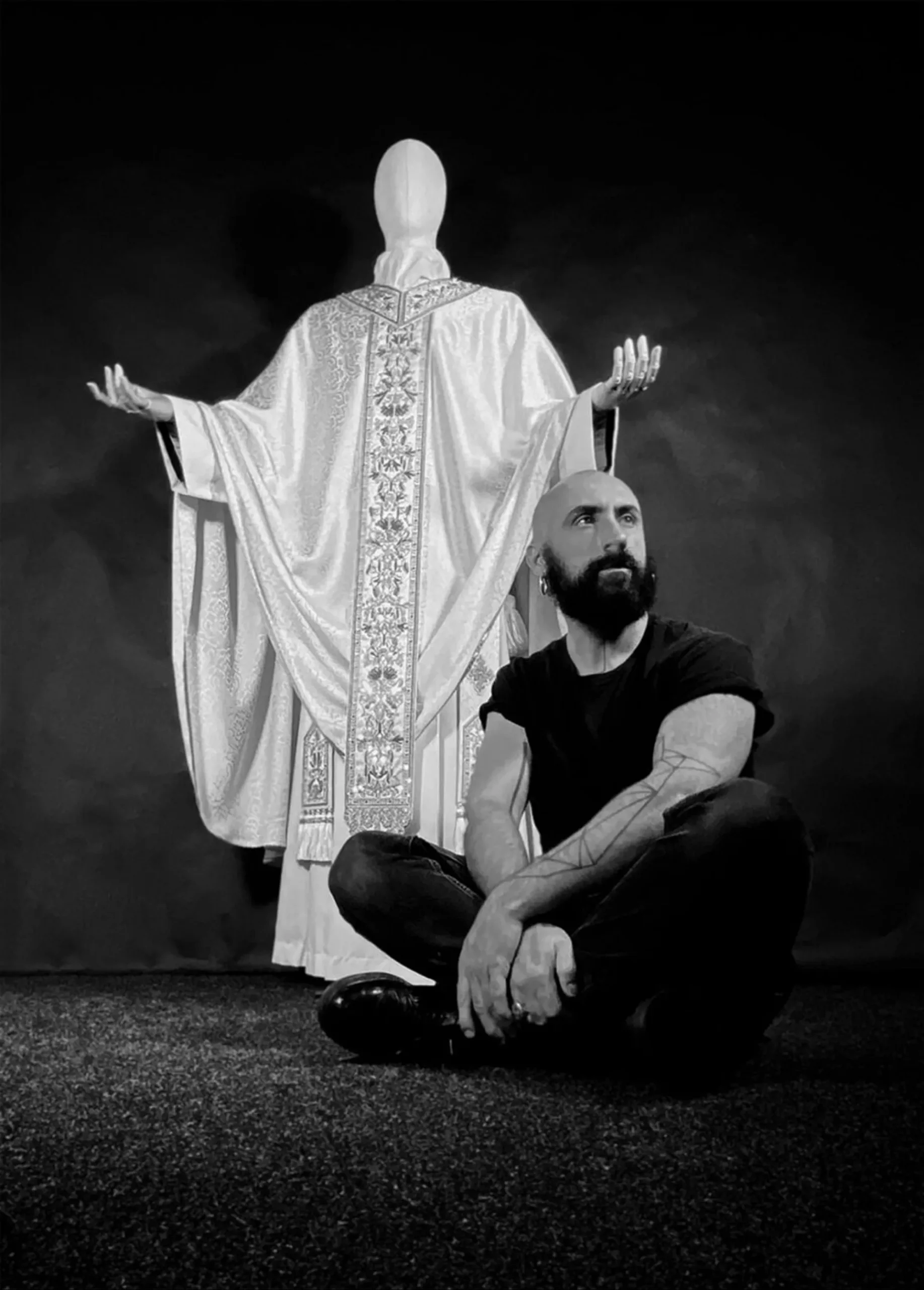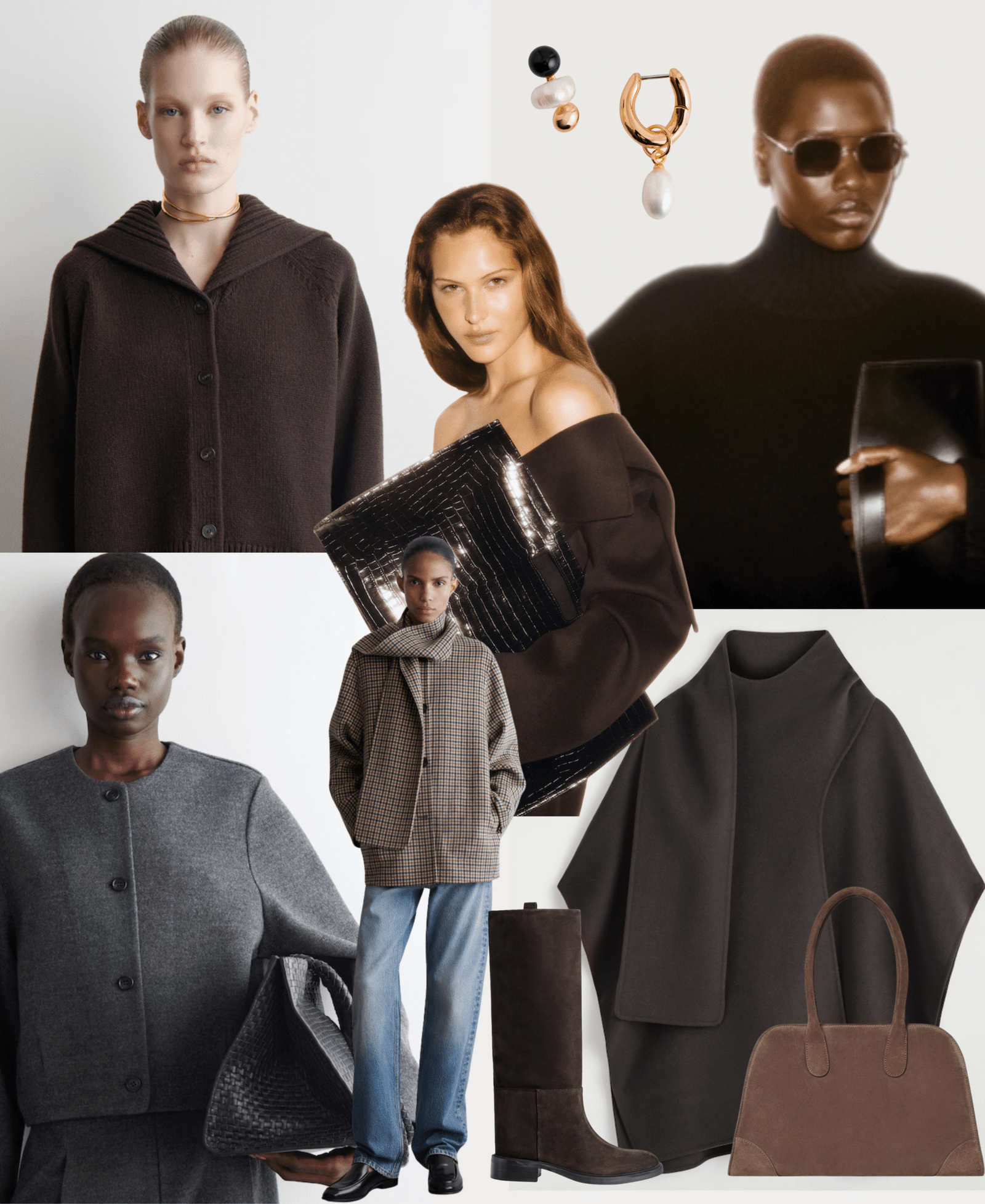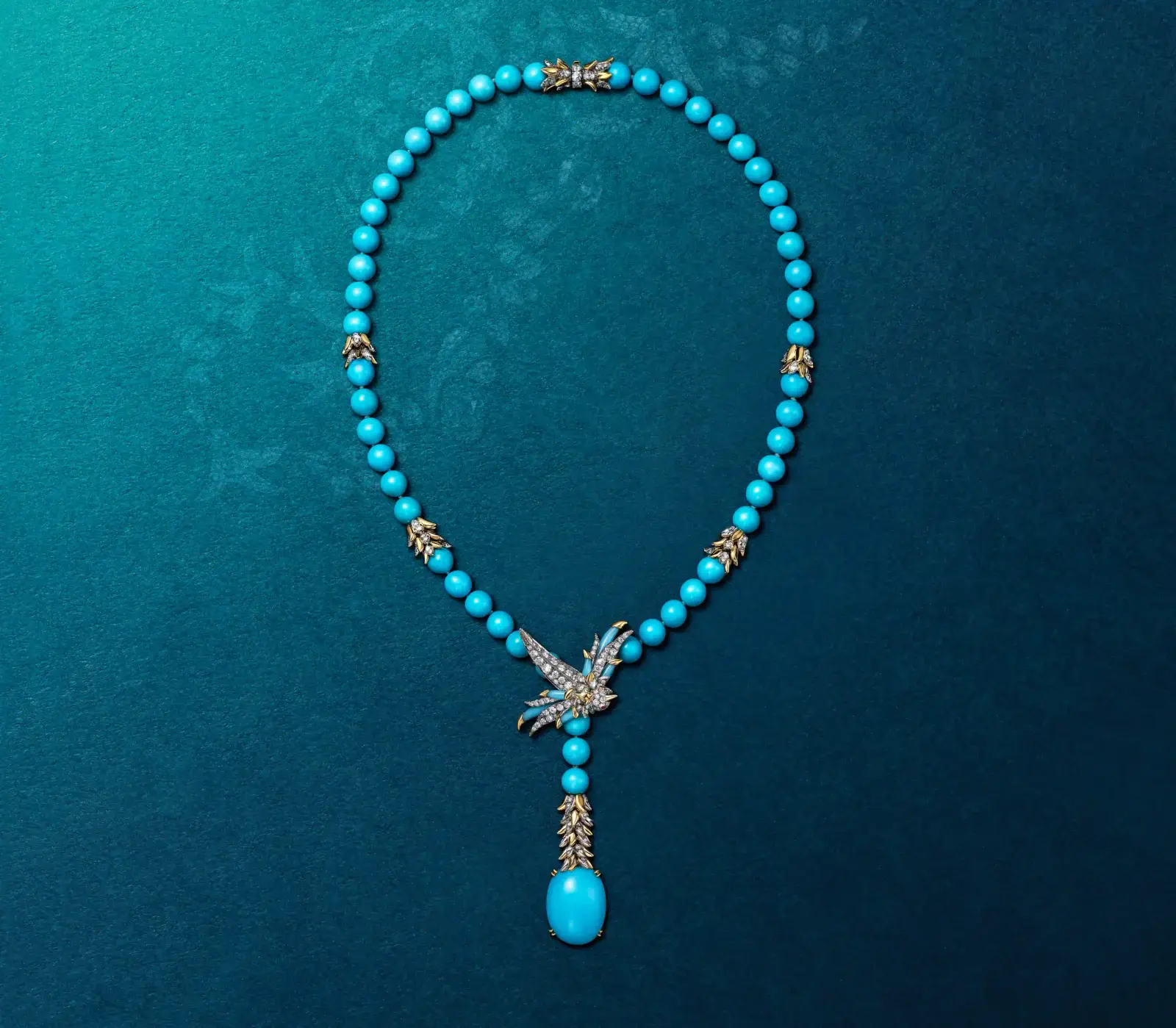Filippo Sorcinelli is not just a designer; he is a visionary behind the Vatican’s liturgical vestments. Founder of Atelier LAVS in 2001, he has created garments for Pope Benedict XVI and designed the robe for Pope Francis’s inaugural Mass in 2013. His work fuses ecclesiastical ritual with couture codes, weaving textured fabrics, symbolic motifs, and precise tailoring into garments that resonate beyond the altar. By reimagining sacred attire through an artistic lens, this innovator positions himself at the intersection of devotion and fashion, proving that even tradition can be daringly chic.
The Italian creative grew up in the Marche region, where music and tradition were deeply ingrained in daily life. First celebrated as an organist, he carried a fascination for sacred sound before turning to textiles. That dual passion became the foundation for Atelier LAVS (Laboratorio Arte Vesti Sacre), a workshop devoted to sacred garments. What began as a niche project soon drew attention for its craftsmanship and symbolism.
Within a few years, the atelier’s robes and stoles reached the Vatican. Pontiffs, clergy and global ceremonies came to rely on his ability to transform ritual garments into meaningful works of couture.
Unlike many who view religious attire as static, the couturier approaches vestments as living garments. Every chasuble, mitre or stole is created not only to honor tradition but also to pulse with artistry. Silks, brocades, metallic threads and geometric motifs come together with precision. A robe might shimmer under candlelight, not out of excess but from deliberate detail.
His guiding principle is “noble simplicity.” Sacred dress, he insists, must be timeless—pared back yet layered with meaning. A stole embroidered with golden lines, a mitre shaped with geometric clarity or a chasuble stitched with textured folds: each is more than decoration.
The most striking aspect of the atelier founder’s career is his dual role as insider and disruptor. He moves within the conservative world of the Catholic Church yet brings with him the lens of couture and artistry. Tattoos, avant-garde sensibility and dramatic self-presentation set him apart, but his garments transcend appearances.
He understands that both faith and fashion are agents of transformation. When a model steps onto the runway or when a priest enters the sanctuary, clothing signals a shift in presence. This craftsman captures that parallel, turning vestments into expressions of spirituality and style.
The atelier’s influence extends far beyond Rome. Instead of red-carpet gowns, the workshop creates garments for centuries-old ceremonies. The settings differ, but the purpose is familiar: telling stories through fabric and silhouette.
By focusing on sacred attire, Sorcinelli highlights the cultural weight of couture. These pieces are not temporary trends. They are anchored in history, intended to resonate for generations. Yet his interventions reveal that tradition doesn’t need to remain frozen.
Part of the visionary’s genius lies in a multi-sensory approach. His garments are not merely visual triumphs but experiences. They must feel powerful to wear, sound resonant in movement, and sometimes even carry fragrance. His foray into perfumery extends this idea, creating scents that echo incense or sacred ritual. A chasuble, therefore, may envelop its wearer not only in fabric but also in memory and atmosphere.
This layering of senses transforms dressing into a type of performance. The act of donning a robe becomes choreography, blending devotion and artistry. The result is immersive for both the wearer and the audience.
Sorcinelli’s work challenges assumptions, showing that garments can carry profound meaning. Liturgical vestments are among the oldest forms of ceremonial dress, and by reinterpreting them through couture, he underscores fashion’s timeless role as a marker of identity.
These garments are not available in boutiques, yet they embody everything luxury aspires to: craftsmanship, symbolism, and longevity. In an era that craves authenticity, Sorcinelli shows that true artistry is about purpose as much as beauty.



